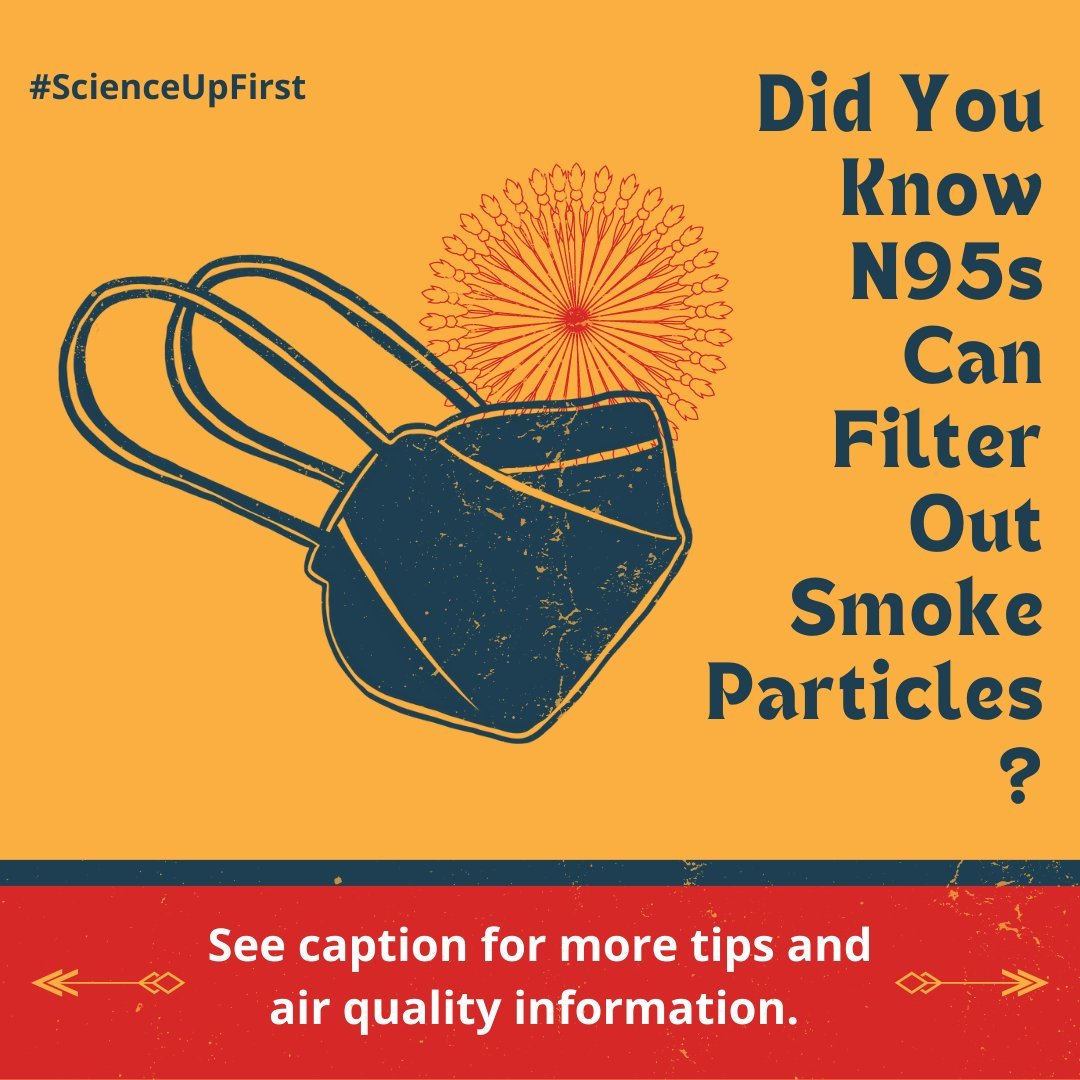Click on the sharing buttons to link to the post in your own tweet, Facebook post, email, or even WhatsApp message.
This post was vetted by experts, so you can be confident it’s accurate.

Canada’s wildfire season just started and it’s already been qualified as unprecedented (1).
There are currently hundreds of active wildfires across Canada (2). Canada being over 5,000 km wide, you might think that wildfires from distant provinces and/or territories do not concern you (3). But wildfires smoke can travel thousands of km from its source (4).
Smoke from wildfires contains gases, fine particles, and other pollutants, which can cause serious health issues even in small amounts (4).
To avoid being exposed to smoke, you should always check your local air quality health index (AQHI) or air quality index (AQI) before planning any outdoor activities. The AQHI and AQI can change hourly during smoke events, so check it regularly (4,5,6).
AQHI scale:
- 1-3 = Low health risk 🟢
- 4-6 = Moderate health risk 🟡
- 7-10 = High health risk 🟠
- >10 = Very high health risk 🔴
AQI scale:
- <25 = Good 🟢
- 26-50 = Acceptable 🟡
- >51 = Poor 🔴
Symptoms of smoke exposure will most commonly include headaches, mild coughing, mucus excretion, and eyes, nose, throat and sinus irritation. In more severe cases, it can cause dizziness, chest pains, severe coughing, shortness of breath, wheezing, and heart palpitations (4).
Keep a close eye on young children, the elderly and people with known respiratory or heart problems as they might be more sensitive to smoke (7).
How you can limit smoke exposure (4,8,9,10):
- Wear a N95 respirators to protect your lungs (surgical masks do not provide protection)
- Stay inside when possible
- Close your windows, doors and turn off your air exchanger – use the recirculation mode instead.
- Visit indoor public places (i.e. library, mall).
- Limit demanding physical activities
- Drink lots of fluids
- Reduce indoor air pollution (i.e. smoking, burning candle)
Check out our references for more tips and links to follow the wildfire and smoke situation in your provinces/territory.
Share our original tweet!
There are currently hundreds of active wildfires across Canada.
— ScienceUpFirst | LaScienced'Abord (@ScienceUpFirst) June 14, 2023
Smoke from wildfires contain gases, fine particles, and other pollutants, which can cause serious health issues.#ScienceUpFirst
🧵[1/2] pic.twitter.com/AW6TTDhBsc
See our original Instagram post!
